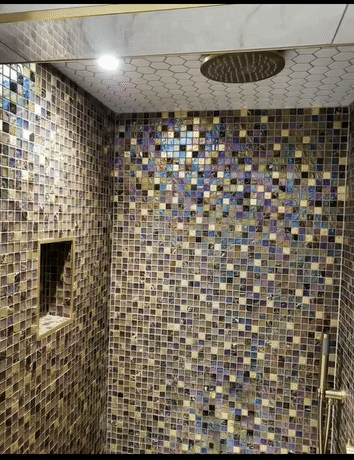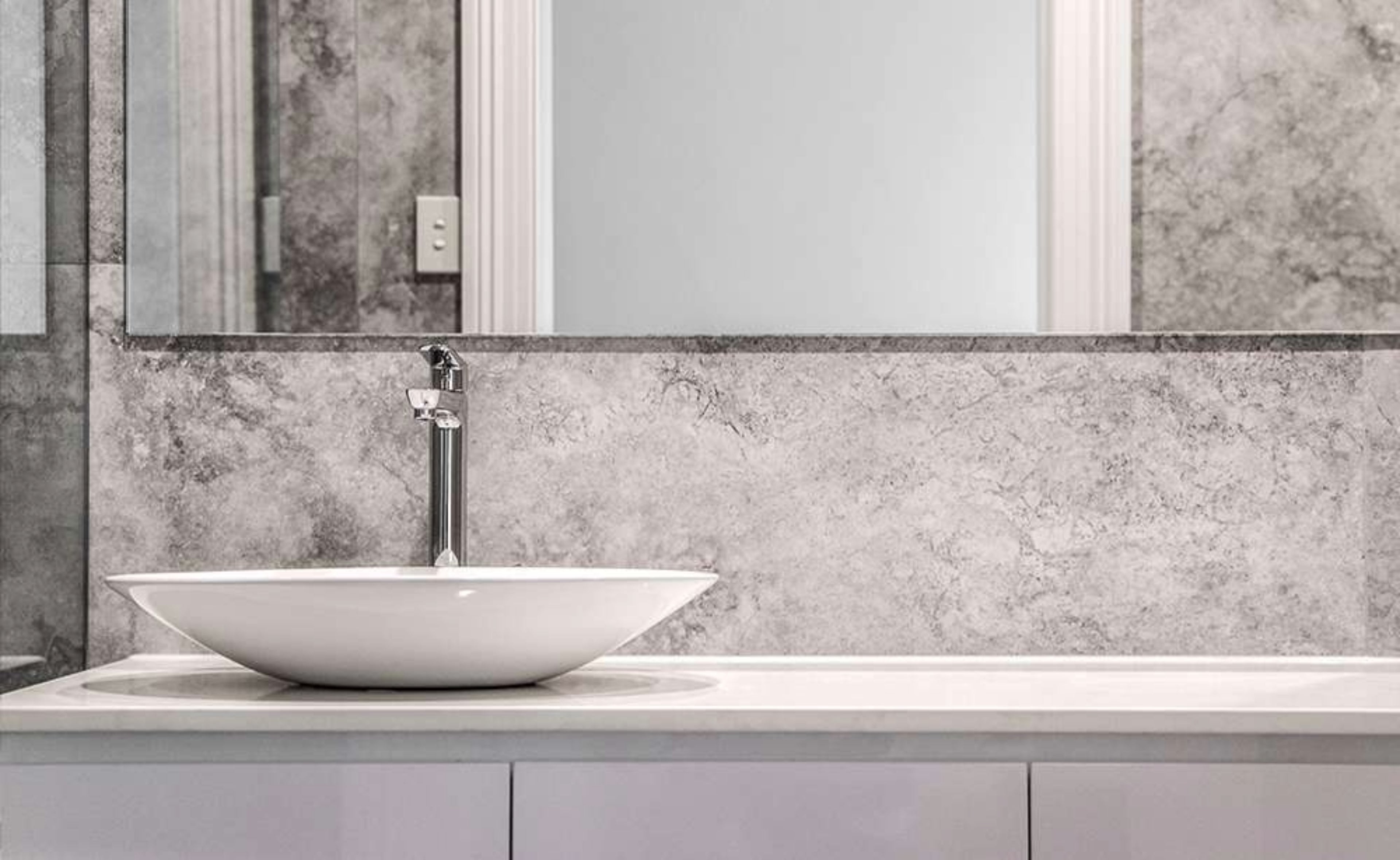Tiler Perth – Expert Bathroom, Kitchen & Waterproofing Services
Searching for reliable tilers near me in Perth? Streamline Tiling offers professional bathroom, kitchen, wall, floor, and outdoor tiling, along with certified waterproofing and leaking shower repairs. Serving homes and businesses across all Perth suburbs, including Cannington, Gosnells, and Bassendean. Experienced, trusted, and committed to delivering high-quality tiling results.

Reliable Bathroom, Kitchen & Floor Tiling Services in Perth
- Wall & Floor Tiling – Bathrooms, kitchens, outdoors.
- Waterproofing: Durable, Sydney-wide.
- Affordable Repairs & Renovations
- Leaks fixed, bathrooms updated.
- Colour Grouting: Stylish, precise.
- All Projects: Residential, industrial, commercial.
- Free Quotes
- Fully Licensed & Insured
- All work to Australian Standards
Best selling products Shop Now
-
45-Degree Angle Grinder Stand
Regular price $39.99Regular priceUnit price / per$59.99Sale price $39.99Sale -
 Sale
SaleBathroom Shelf
Regular price From $8.00Regular priceUnit price / per$12.00Sale price From $8.00Sale -
Digital Measuring Tool
Regular price $21.99Regular priceUnit price / per$29.49Sale price $21.99Sale -
DIY Tile Cutting Disc
4.9 / 5.0
(21) 21 total reviews
Regular price $24.99Regular priceUnit price / per$33.95Sale price $24.99Sale -
Toilet Paper Roll holder With Shelf
Regular price $24.99Regular priceUnit price / per$29.99Sale price $24.99Sale

Our Step-By-Step Tiling Process in Perth
1. Initial Consultation – We discuss your needs and provide a free measure & quote.
2. Detailed Planning – Site inspection, tile selection, and tailored waterproofing advice.
3. Expert Installation – Licensed tilers deliver precise, high-quality results—on time and on budget.
4. Final Check & Clean-Up – Thorough inspection, grouting, and a spotless finish. Satisfaction guaranteed.
Experience You Can Trust
- We install all types of tiles to suit your project:
- Porcelain tiles are hard-wearing and excellent for your floors and walls.
- Ceramic tiles are always a classic choice and offer a range of designs.
- For natural stones like marble, granite, limestone or sandstone, special care is needed
- Glass Mosaic are perfect for wall detailing and pools
- Modern styled Large-format tiles but best to take expert help
- We Know Perth
- Quality is Our Promise
- We Listen and Deliver
- Honest and Fair
- We're Always Learning
- Fully Licensed & Insured
- Work Fully Guaranteed
Why Choose Streamline Tiling in Perth?
Trusted Local Experts – Serving Perth homes and businesses with reliable tiling and waterproofing solutions.
Licensed & Insured Tilers – Fully qualified for bathrooms, kitchens, floors, and outdoor projects.
Perth-Wide Service – From Cannington to Gosnells, Bassendean to Joondalup, we cover all suburbs.
Transparent Quotes – Upfront, competitive pricing with no hidden costs.
Premium Workmanship – Precision tiling, durable waterproofing, and flawless finishes on every job.
Proven Customer Satisfaction – 5-star reviews and repeat clients who trust us for quality and reliability.
❓ Frequently Asked Questions – Streamline Tiling Perth
How much does tiling cost in Perth?
Tiling in Perth generally costs $40–$100 per square metre, depending on tile type, area size, and preparation work. For bathrooms, waterproofing and labour may increase the cost. Streamline Tiling provides obligation-free quotes so you’ll know your exact cost before we start.
Do you offer free quotes for tiling in Perth?
Yes! We provide free measure and quotes across Perth for residential, commercial, and swimming pool tiling projects.
How long does a tiling project take?
Bathrooms: 3–5 days (including waterproofing & grouting)
Living areas & kitchens: 2–4 days
Swimming pools & outdoors: May take longer depending on size and complexity
We always work efficiently while ensuring top-quality results.
Do you handle residential, commercial, and pool tiling?
✅ Absolutely. Streamline Tiling specialises in:
- Residential tiling: Bathrooms, kitchens, outdoor patios, living areas
- Commercial tiling: Offices, shops, restaurants, retail spaces
- Swimming pool tiling: Waterproofed, durable, and stylish finishes
Do I need waterproofing before tiling?
Yes. Waterproofing is essential for bathrooms, laundries, swimming pools, and balconies. We are certified waterproofers in Perth, ensuring your project complies with Australian standards.
What areas in Perth do you service?
We service all Perth suburbs, including Cannington, Gosnells, Bassendean, Joondalup, Fremantle, and surrounding regions.
Are you licensed and insured tilers in Perth?
✅ Yes, we are fully licensed and insured tilers and waterproofers, giving you peace of mind that every job is protected and compliant.
What types of tiles can you install?
We install ceramic, porcelain, mosaic, stone, marble, granite, and outdoor tiles. We also provide custom tile designs for luxury bathrooms and pool areas.
Do you repair leaking showers without removing tiles?
Yes. We provide leaking shower repairs in Perth, with and without tile removal. We use advanced waterproofing systems to stop leaks and prevent costly damage.
How do I choose between ceramic and porcelain tiles?
Ceramic: Affordable, great for walls and light-traffic floors
Porcelain: Denser, more water-resistant, perfect for bathrooms, pools, and commercial spaces
We’ll help you choose the right tile based on your space, budget, and design goals.
Can you help with swimming pool tiling and outdoor waterproofing?
✅ Yes. We are Perth specialists in swimming pool tiling, waterline tiles, and outdoor waterproofing. Our finishes are built to withstand Perth’s hot summers and wet winters.
Why choose Streamline Tiling over other tilers in Perth?
- Trusted local experts in Perth tiling & waterproofing
- Residential, commercial & swimming pool specialists
- Licensed & insured with years of proven results
- Upfront pricing with no hidden costs
- 5-star reviews and many happy customers
Request A Free Quote Today
Contact Streamline Tiling & Waterproofing
Phone: 0421 344 099
Call Now





